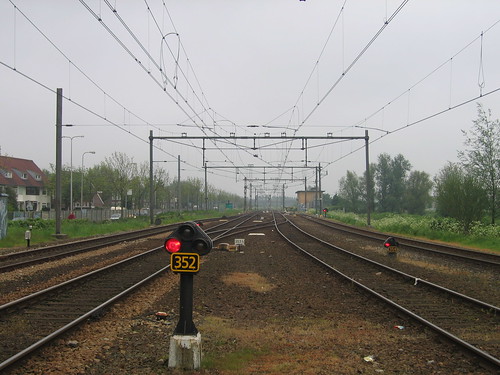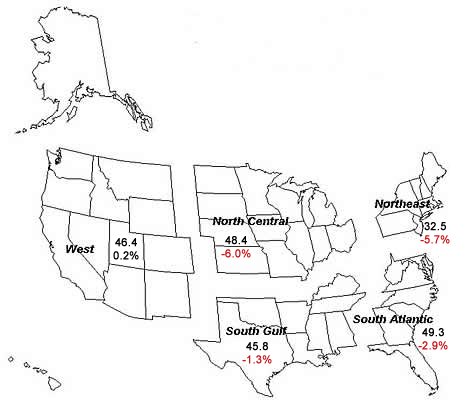(Source: BBC)
He has worked as a chauffeur for top businessmen in Pune and Mumbai – ferrying them around the country, to important meetings in big, fancy and expensive cars.
He has sat behind the wheels of dozens of cars, from an old British Morris to the Land Rover he’s driving now. It’s been an honest, hardworking life – albeit austere.

The salary of a driver in India can only afford you so much. Mr Pandurang has worked hard to support his family – putting his children in English language schools, so that they would get opportunities he never had.
He’s never been the kind of man to want anything for himself, working night and day to feed his family instead. But throughout his life, he has had one dream: to own a car of his own.
Last January, Mr Pandurang and his family watched in awe and excitement as the unveiling of the world’s cheapest car was broadcast on television screens across India.
They were sitting in the living room of their modest flat when they first saw Ratan Tata, the boss of the Tata Group, announce on national television that the Nano would be sold for 100,000 Indian rupees – around £2,000 at the current exchange rate.
“I was shocked” says Rakhee, Mr Pandurang’s 24 year old daughter. “It was like God had answered our prayers – we could finally help to make dad’s dream come true.”
Click
here to read the entire article.










